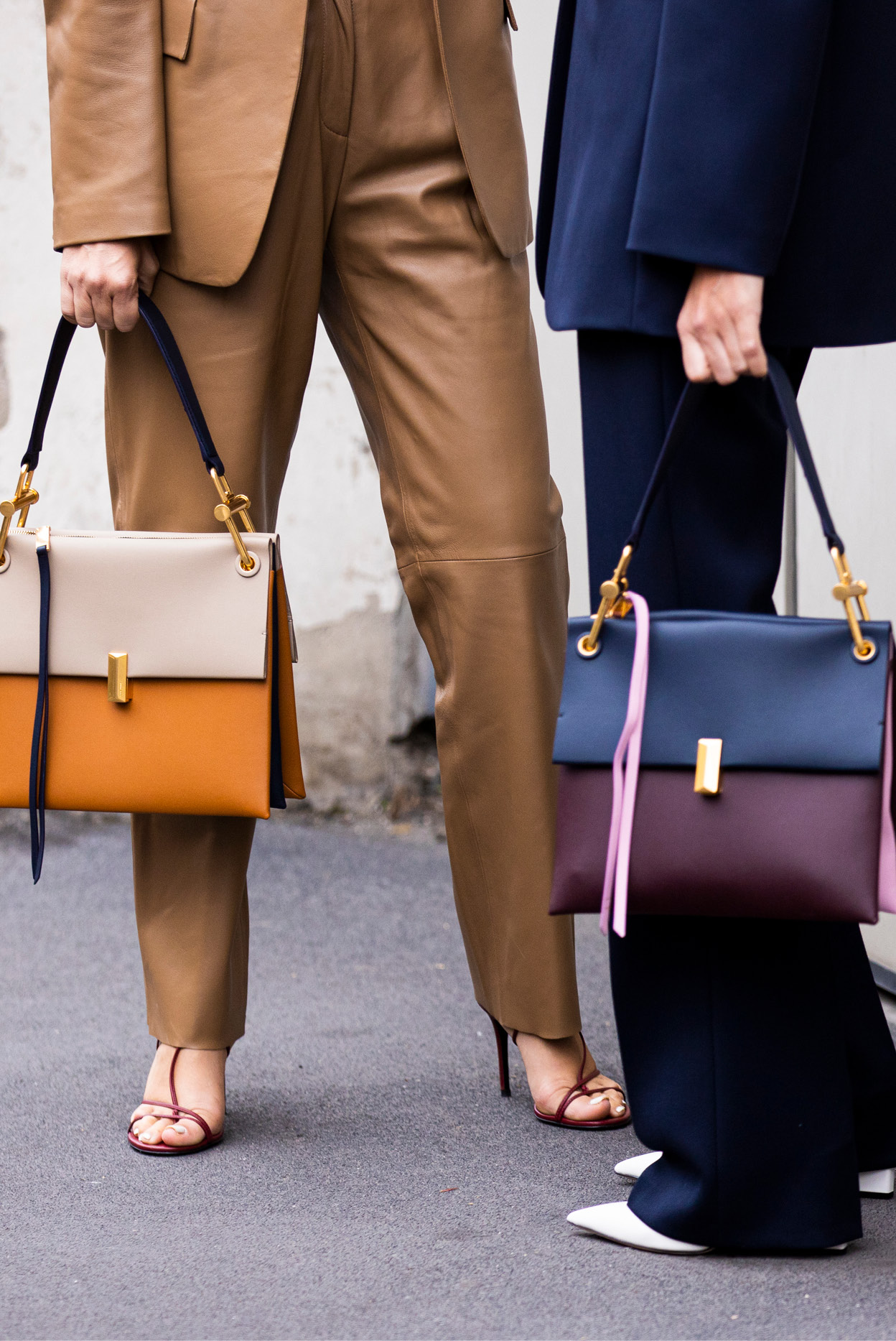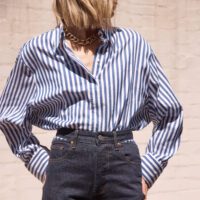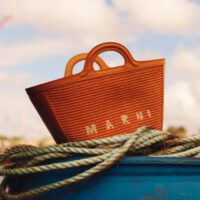Last week, in the playground at my children’s school, I counted 22 women wearing black puffer jackets. They’d teamed this utilitarian wardrobe staple with leggings (some patterned, some black) and sneakers, all colours. Yes, this was a practical outfit for an unexpectedly chilly Melbourne day, but it’s not as if they’re wearing printed dresses and tie-dye once the sun comes out. Leggings and puffers pretty much define our inner bayside suburb. Activewear is everywhere here.
Yet if you travel to the other side of town – to, say, Brunswick, or Northcote – hardly anyone has squeezed their lissom limbs into lycra. Instead, the cool girls are wearing loose high-waisted jeans, a tucked-in tee and converse sneakers, mostly accessorised with very large headphones.
And while I’m obviously talking in generalisations, these distinct pockets of style exist in suburbs and towns all over Australia. But why? If I move to Brunswick, will I too start wearing Mom jeans? Are we drawn to particular areas because we feel we’ll fit in, or are we sartorial sponges, arriving somewhere and then absorbing the look of the people who surround us?
It’s a bit of both, says Dr Emily Brayshaw, honorary research fellow in the faculty of design, architecture and building at UTS. “Clothing for so many people is grounded in semiotics, which means you’re sending signals about yourself through the way you choose to dress.”
Sometimes, this signalling is conscious and deliberate. “In corporate jobs there’s an expectation that you will dress a certain way to fit in,” says Brayshaw. “But otherwise we might just have a subconscious expectation that walking down the street, we’ll see people who look like us and we gravitate to that area, because it offers safety.”
This feeling of safety and belonging is felt most keenly in adolescence. As a teenager, I remember wearing the same ‘uniform’ as all my friends. In northern England in the 90s, that was Doc Marten boots, a black dress and a leather jacket. My friends and I were the ultimate ‘twin dressers’.
“At this stage, clothing is about finding your identity,” says psychologist Colleen Murphy. “This is often not the way your parents would like you to dress.” (Mine weren’t too bothered but my grandad was constantly telling me to wear more colour – any colour that wasn’t black.) “Teenagers are exploring something that’s oppositional to their parents, as part of the necessary process of separation, but they still like being in a group as it feels safe. They haven’t quite formed their individual identity yet.”
But while we might not match our outfits to our best friends anymore, this desire to belong stays with us. The difference is that as we get older, we also want to express our ‘personal style’ – that often-elusive state of being in which our wardrobe expresses the essence of our personality. The idea is to look good, within the parameters of a particular style, but also unique. This is tricky. No wonder so many fashion stories are written about it.
“There’s a tension inherent in the idea of ‘fitting in’ while still expressing your personal style,” agrees Dr Mark Liu, research fellow at UTS School of Design. “But it can be done. You can show enough signs and signifiers that you fit in, but twist the rules of the tribe to reflect your own personality.”
Experts believe the question of why fashion ‘tribes’ coalesce in certain geographical areas is as much about class and aspiration as style. Sometimes, our location lends itself to a certain way of dressing, says Liu, but often it’s about our social aspirations and the type of lifestyle we want to enjoy. He uses Bondi as an example – it’s a beach suburb, so you’d expect to see people in relaxed beach attire, but it also attracts those who want to pursue an active lifestyle and all the values that come along with that, like looking after your body through healthy eating and copious yoga.
This social capital is different to that of other areas of the city. Like the types of shops and businesses in a suburb, to its cultural activities, dress is just another way of expressing the values of the people who live there.










1 Comment